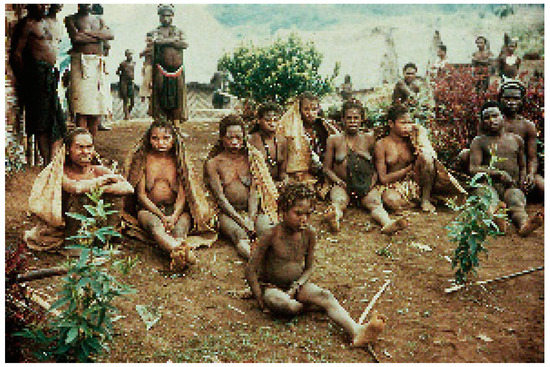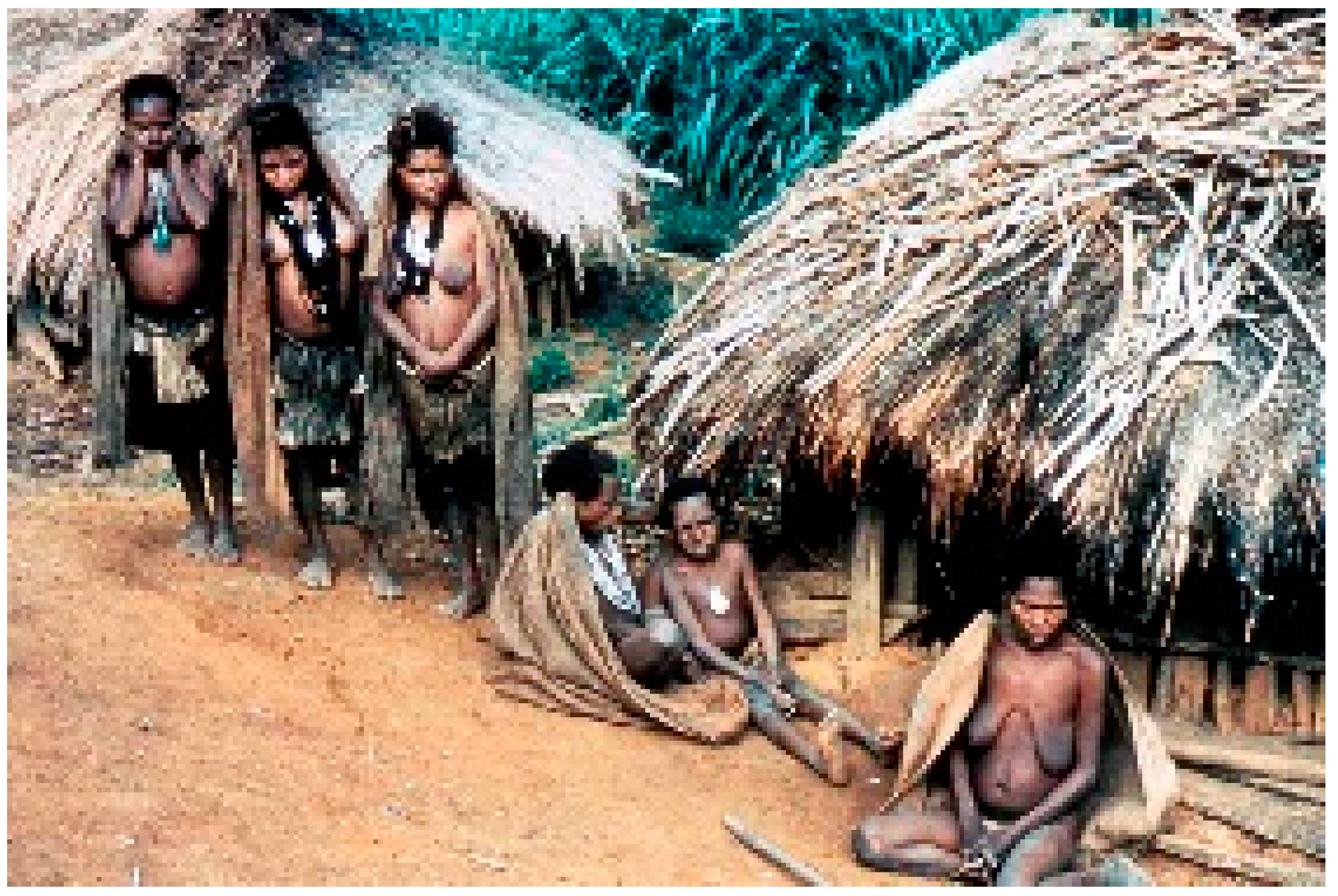Reference




OpenAI's Answer
Kuru, a disease that affected the Fore people of Papua New Guinea, holds immense historical significance in understanding transmissible spongiform encephalopathies (TSEs). Here are some key points that highlight its significance:
-
First Human Prion Disease Identified: Kuru was the first human prion disease to be identified. This was groundbreaking as it led to the classification of a new type of infectious agent known as a prion, which is a malformed protein that can induce abnormal folding of normal proteins in the brain.
-
Discovery of Prion Transmission: It was crucial in understanding that prion diseases can be transmitted between individuals. Kuru spread among the Fore people through ritualistic cannibalism, where they consumed the brains of deceased individuals, providing a clear route for the transmission of prions.
-
Transmissibility and Research Breakthroughs: The ability to transmit Kuru to chimpanzees was demonstrated by researchers, which confirmed that prion diseases were transmissible. This research laid the foundation for understanding other prion diseases like Creutzfeldt-Jakob Disease (CJD) and variant Creutzfeldt-Jakob Disease (vCJD), linked to mad cow disease.
-
Impact on Public Health Policies: The findings from Kuru research prompted significant public health measures to control prion diseases. It informed guidelines on handling and processing animal products to prevent similar outbreaks.
-
Development of Prion Hypothesis: The study of Kuru played a pivotal role in developing the prion hypothesis, which states that the infectious agent in TSEs is a protein devoid of nucleic acids. This was a radical departure from traditional infectious agents like bacteria and viruses.
Key Research Milestones
- 1950s-1960s: Epidemic levels of Kuru observed among the Fore people.
- 1960s: Discovery that Kuru was transmissible to chimpanzees, marking it as a transmissible spongiform encephalopathy.
- 1976: D. Carleton Gajdusek, a significant figure in Kuru research, received the Nobel Prize in Physiology or Medicine for his work on prion diseases.
Visual Documentation

For a comprehensive overview, you may refer to the following sources:
Understanding Kuru's historical context provides profound insights into the nature of prion diseases and has shaped contemporary research and public health policies concerning TSEs.
Follow Up
Related
What historical event does Neda Ulaby reference in the NPR piece from May 2008?
What features and historical elements are notable in St Martin's Church?
Which historical family was primarily associated with the ownership of Garendon Hall?
What historical sites in Maxatawny Township are listed on the National Register of Historic Places?
How did the historical events, such as uprisings and wars, impact these synagogues?